This week I take you on a brief tour the first half of our Hokkaido Photography Tour and Workshop from 2010. I’m also very happy to announce that I just posted full details of the 2011 Workshops on our Workshops page. And yes, that’s workshops, in the plural, because next year I’m offering two Hokkaido workshops, one whirlwind five day tour, visiting the places that we’ll look at today, and then one 12 day tour, in which we’ll first visit the Snow Monkeys, that we talked about in Episode 233, then we go on to Hokkaido for a further nine days.
Based on feedback from this year’s participants, we will no longer go over to the central part of Hokkaido for the Landscape leg. Rather we’ll be spending more consecutive days in most hotels, to save us from uprooting every morning, and also give us more time to work each subject, as well as relax a little more. It also gives us time for me to do some structured lectures on work-flow etc. as well as working in some critique sessions, to look at and critique the work that the participants are creating. These things are going to help to increase the workshop aspect of the tour, so I’m really looking forward to that.
(By the way, if you prefer to listen, there’s an audio player at the bottom of the post.)
It’s been almost two months since we got back from the 2010 Hokkaido Photography Tour and Workshop, and although I know that many of you have been waiting for a nice long travelogue style group of episodes on the tour, I’m actually going to try to go through this somewhat briefly. Much of what we did was the same as the 2009 tour, with the exception that we spend an extra day in Tsurui, the first town that we stop in, in Hokkaido, to photograph the Red-Crowned Cranes. If you want a real blow by blow recollection of what we did on each day, including some tips and techniques on what we bore in mind while shooting, then you might want to look up the five episodes 178, 179, then 182 through 184.
I also covered my first reconnaissance trip to the Snow Monkeys last year, in episode 187, and again a few weeks ago from this year’s workshop, in Episode 233. So check those out too if you are looking for information on what we do, or are just interested in following along with our adventures. Note too that I uploaded 60 images to Flickr and to my online gallery from this year’s Hokkaido workshop. I’ve selected just 11 images to talk about today, which was even tougher than narrowing down my original selection to just 60 images. These images can be seen in iTunes or on your iPhone if you subscribe to the Enhanced Podcast, but as you are already reading my blog, just scroll down to check them out, and remember that you can also listen rather than read, with the audio player at the bottom of this post. I do suggest you subscribe in iTunes though, as the best way to get my Podcast delivered directly to your door each week.
So, we have 6 days and 11 images to get through in the next 30 minutes or so, so let’s get started. We’d have a day and a half in Tokyo, having gotten back from Nagano and the Snow Monkeys early Saturday evening. It was nice to have a break, and many of the participants that were joining both tours did some sightseeing or caught up on their photo selection etc. but all in all, this didn’t go down so well, and people were stressed about getting over to Haneda airport on the Monday morning, so I arranged for two minibuses to pick up all the people that were staying in the hotel that I’d suggested for the weekend, and we headed off for Haneda. In the 2011 tours that I just announced, I’ve cut this out. We will now go straight to Haneda from the Snow Monkeys and spend the night in a hotel airport, then head off to Hokkaido the following morning. This will make things easier for everyone, including me. Although I won’t get to spend the weekend at home, I won’t have to get up as early as I would if I was heading out to the airport from home, which will make a nice change.
After arriving at Kushiro airport from Haneda we have a 40 minute drive to the Akan International Crane Center where we spent until just after 2PM photographing the beautiful, majestic Red-Crowned cranes. I’ve shared better pictures of these cranes with you in the past, so I’ll skip that today, but wanted to share image 2452 (below) with you, which I shot at the end of this first day, over at the Kikuchi Farm, which is where we go after the cranes have been fed at the Crane Center. Here I’d capture three cranes flying close to the setting sun, with the trees as a backdrop. Unlike one of my previous shots similar to this where I’d enhanced and colored the uneventful sky in Lightroom, these colors are how the camera captured them, with my slight saturation boost, from my Landscape Picture Style emulation. I like the way the two outside cranes here have their wings up, with the center crane, probably the youngster, with its wings down. Also, this looks great in a print, because the cranes are not total silhouettes. There is just a little bit of detail still in the birds, which adds depth when viewed large.
On the second morning we went to the river where we shot from the Otowa Bridge, where I’d shot one of my favorite images of all time, Distant Dance (below), on our first Hokkaido workshop in 2008, but the conditions weren’t right. We got our gear out and shot a few frames, but it was too warm for the mist and no chance of frost on the trees on this first day. It has to be at least minus 15 degrees Celsius or 5 degrees Fahrenheit, with no wind for the mist to make a showing and it just wasn’t happening. I don’t recall exactly, but I think it was about -12 Celsius or 10 Fahrenheit on the first morning.
Also, although it was about 4:30AM when we left the hotel for the bridge, a bus full of photographers that had passed us on the road in front of the hotel as we came out, had all put their tripods in place on the bridge by the time we got there. So, I had our bus driver do a little bit of espionage, and talk with the bus driver of the other group, and find out what time they were scheduled to leave the following day, and we left the hotel 10 minutes before that to get the better positions on the following day. I met their guide later actually and agreed that we’d share the best spots next time if we ended up here on the same day again. We all had a laugh about it, so there were no hard feelings or anything.
Later on the second day though, we went back to the Akan International Crane Center and shot the cranes again. The conditions were great, but I didn’t really get anything brilliant of the cranes. I’m after a really spectacular shot of just two cranes doing a mating dance and honking, with their steamy breath visible, but it didn’t happen again this year. For first time visitors though, most of the participants got some very nice shots. The highlight of the day when photographing the cranes at Akan though is actually when they feed the cranes, and you get White Tailed Eagles like the one we see in image number 2464 (below) that come in to steal the fish. This is one of my favorite eagle shots from this year, because there’s just so much detail in there and the focus is perfect. The great thing about this location is that the field full of snow below the birds acts as a huge reflector, reflecting the sun back up into the underside of the birds, so you don’t have to deal with much contrast, and you get beautifully list subjects. I shot with with the 1Ds Mark III and the 600mm F4 lens at 1/2500 of a second at ISO 200.
The following morning did see a little mist on the river, as it was about -18 Celcius or 0 Fahrenheit as the sun rose, but I didn’t really like many of my shots. The trees were not frosty, so although again, this was a good opportunity for first time visitors, David Lee for example said that he could go home a happy man right at that point, but I didn’t improve on any of the images that I already have. One that I did like, although it doesn’t contain a whole lot of mist, is image number 2465. This was an eight second exposure with the 300mm F2.8 lens and the 1.4X Extender fitted. I was at ISO 400 as well, so you can tell that this is still before there was a lot of available light, but the warm morning sun reflecting in the river really popped out on this one when I did a white balance based on the snow in Lightroom. Again, when viewed large, the silky surface of the water is nice here. One thing to note here too is that the bridge which is crowded with photographers each morning actually shudders with the movement of the photographers, so long exposures is actually not a great idea. You have to do a number of them and just hope that you can time it when people aren’t moving around, to get one that is sharp like this.
Later in the day, we had time to head over to Lake Mashuu, which is famous for being cloaked in fog, and people not actually being able to see the lake. I heard a rumour that the lake was clear though, and there were some really nice clouds in the sky, so we made an unplanned excursion. I went wide to capture the great sky along with the mountains surrounding the lake that we can see in image number 2467 (below). This is a Nik Software Silver Efex Pro black and white conversion, with a slight blue tone, which I really like at the moment. Toning like this just helps to bring out a little more detail in my option, and it’s great fun to play with.
On the afternoon of the 3rd of February, we headed to Kussharo Lake where we were to photograph the Whooper Swans. Again, local information from my friend and photographer Yoshiaki Kobayashi, who I’d bumped into at the Otowa Bridge that morning, told me that the usual photography spot at the lake was not frozen, but a small corner of the lake called Kotan was, so I again adjusted our plans and headed over to Kotan. There were far more swans here, as we can see in image 2470 (below). I went wide again, using my 16-35mm lens wide open at 16mm, to capture lots of the birds, as well as the large tree to the left and that big sky. I had my tripod in the lake with all of the legs contracted, and basically framed the shot, then sat back on a rock with my cable release, and waited for a swan to spread their wings, as we can see one did in the middle of the group just to the left of the reflection of the sun here. I hung on for another shot that I really wanted where the swan was right in front of the sun, which is also uploaded, but all round, I prefer this shot for its composition and multiple points of interest. I also shot some video here, which I will get around to editing and sharing some time very soon.
The following morning was incredibly cold. It was minus 30 degrees Celsius which is negative 22 degrees Fahrenheit. As I was getting ready to leave my hotel room, the bus driver called to tell me that the bus wouldn’t start, because it was so cold. We had the hotel people try their bus, in the hope that we could borrow that, but that wouldn’t start either. It was obviously colder than even these people were use to. The driver kept trying though, and after about 20 minutes and an almost flat battery, he finally go our bus started. We used a further 10 minutes to get it warmed up, and then set off, maybe 40 minutes or so late for Bihoro Pass. This is a mountain pass that has a 10 minute climb from the car park to a vantage point overlooking the Kussharo Lake, where we’d photographed the swans on the previous day.
Boy was it cold up the top, but I, with my happy little hunter’s or fisherman’s response, that keeps my hands warm in cold conditions, was having a ball. It was so cold that even my 1Ds Mark IIIs battery ran flat from fully charged in about an hour, and that is unheard of with these modern batteries. I was singing and messing around though and at one point turned to the participants that were left, with most of the older crew now back on the bus, and I said “it’s not that cold really”. I knew I’d said something weird when they all just looked back at me without saying a word. A few uncomfortable moments later, and we were all laughing our heads off.
Around this time we noticed that a sun pillar was forming over the island in the center of the lake, as we can see in image number 2479 (below). This is basically a phenomenon that only happens when it’s extremely cold, and it’s caused by the water particles in the air freezing, and reflecting the sun’s light. It appears below the sun, at an angle relative to the height of the sun in the sky. As the sun got higher, the pillar got closer to us. Another incredible thing about this image is that the top of the line of clouds are actually rainbow colored. You can only just make this out in the Web sized version, but without any manipulation, that line of clouds is reflecting a whole spectrum of colors at us.
Already very late to get back for breakfast, as we drove down back towards the lake, along which we’d traverse to get back to the hotel, we noticed the sun pillar again, now much closer, so we stopped the bus for another ten minutes or so and I captured image number 2482 (below). You can see more here how the water crystals suspended in the air are glistening in the light of the sun. Again, I have video of this which I’ll share at some point, but it really was an amazing sight, like a beautiful and relaxing, swirling pillar of light. This is now another one of those things that happens so rarely that it’s unlikely, but I really hope it will happen again for the participants of future workshops.
We actually arrived back at the hotel at 9AM, which was the time that the breakfast buffet was due to stop, but they allowed us another 20 minutes or so to grab breakfast before we broke camp to drive over to the Shiretoko Peninsula and the town of Rausu, where we were hoping for sea ice, or ice floe, on which the Steller’s Sea Eagles and White Tailed Eagles would perch and pose for our cameras, the following morning. As you can see from image 2487 (below) though, there was like one tiny piece of ice in the entire Nemuro Straights, between Far Eastern Japan, and Kunashiri Island, the first of the Kuril Islands that Japan is still trying to get Russia to give back. I like the way the four Steller’s Sea Eagles seem to be admiring the sun, as it rises over what is essentially still Far East Russia.
We had chartered the boat, and the skipper was trying really hard to find a substantial amount of sea ice for us to drop some fish onto to attract more eagles, but after three and a half hours, we had to give up. It was a beautiful sunrise, and we even saw a pod of Baird’s Beaked Whales in the channel, as we can see in image number 2492 (below), but the Eagle shoot that was such a highlight of the 2009 workshop, now seemed like a distant memory. The day before we were here, and the day after were actually very good apparently, with plenty of ice, so I was pretty disappointed. For the 2011 workshops I have moved the whole schedule out by two weeks, and we are now going to have two consecutive days here in Rausu on the 12 day tour. We are also going to be in the area in a better time on the 5 day tour too, so I’m much more confident that we’ll get ice next year, especially on the 12 day tour, but hopefully on the five day tour too. At the end of the day though, it’s all in the hands of Mother Nature, and what she decides to dish up for us. Nothing is guaranteed when you are dealing with nature.
Later in the day, we drove around to Utoro, another harbor town on the other side of the Shiretoko Peninsula, where we headed into the Shiretoko National Park. We got some nice deer shots, and I also photographed a fox, but I didn’t upload it to my gallery, as it wasn’t any better than the fox shots I already have uploaded. We went back into the Park the following day, and one of the first things I heard was the Great Spotted Woodpecker that we can see in image 2493 (right). I put my 1.4X extender on my 300mm F2.8, as I didn’t have my 600mm F4 with so and this is about as close as I could get. Every time I took a few paces towards this guy he flew to a tree further back, deeper into the woods. I like the overall light airy feel to this shot though, and the contrast of the black and white bird, with the red splash of color against the light brown and beige colors of the background. There was also a nuthatch that I photographed, but I couldn’t get a really clean shot of it. There was always a twig overlapping its tail or something, so I didn’t upload any of these shots either.
We walked deep into the park, and the group quickly became dispersed. I was toying with the idea of buying some digital walkie-talkies for this year’s trip, but I reckon I’ll pull the trigger on that for next year. This will make it easier for people to stay in touch when the group breaks up. These would be good for the Antarctica expedition in November too, so I think I’m going to really look into this now. It would also enable people that find something interesting to alert the other groups as well, to increase our chances of capturing things like the Woodpecker that only a few of us were able to photograph.
Deer are nice, but I really like to find the bucks, but their huge antlers. I came across this really laid back guy, that we see in image number 2494 (below right), just sitting in the snow and chewing on what was probably a strip of bark from a tree. Although he’s quite young, he reminded me of an old cowboy chewing on some chewing tobacco. I shot this with the 300mm F2.8 lens, and this is exactly how it was framed in camera. Note how I positioned the horns so that they were not intersecting with the brown of the exposed trees in the background. The one on the left side comes close, but the horns are actually surrounded by at least a thin line of white snow, to maintain the separation that I was after.
We actually said goodbye to two of the participants a few hours after shooting these last images, as two of them had only signed up for the first 6 days. There would be just ten of the twelve participants that went on to the central part of Hokkaido for the Landscape leg. I have to admit though, this year, the landscape leg was not as exciting as last year, by far. The weather fell apart on us to a degree, and we fought through heavy snow to get from Utoro on the Shiretoko peninsula to the Memanbetsu Airport where the two that would leave us were to fly from. Actually the plane that they left on was one of the only planes that were able to fly that day. We were incredibly lucky to be able to get them out of Hokkaido.
The weather also slowed us down for much of the landscape leg, and so we seemed to spend a lot more time on the bus than last year, which led to a little bit of frustration among some of the participants, and although we got very lucky with places like Mount Asahi, where it cleared for us to shoot for a few minutes, the general feeling was that it was not worth the amount of traveling that it cost us.
These concerns and the fact that I have scheduled a separate short five day workshop in addition to the more relaxed twelve day workshop, is the reason that I have stopped splitting the longer workshop up into optional sections. Another piece of valuable feedback was that people wanted to spend more than one night in hotels when possible, and spend more time in each location, so that’s exactly what I’ve planned for 2011.
I’ve named this episode part #1, and I will probably go on to share some of the images from the Landscape leg with you in the coming weeks, but for now, let’s leave Hokkaido there, and start looking towards the 2011 trip. If you are listening to this considering joining the 2011, note that the images that we looked at today are just a small example of what we shoot, but the locations are all the same. We will also spend one day at a place called Odaito, where there is a small but definite chance of photographing a sunrise where the sun itself is not round, but square, or even wine glass shaped, so that’s something to look forward to in addition to the locations we looked at today.
Also, if you are considering joining us, please book soon. I announced the workshops to my mailing list last night, and we already have four bookings and one tentative, so I don’t think the places will be open very long this year. If we should be fully booked by the time you find out about this, but you would like to come, drop me a line using the contact form, and I’ll put you on our cancellation list. Also don’t hesitate to contact us if you have any questions about the tours and workshops, after you’ve checked out the details on the Workshops page.
Once again, I really just wanted to scoot through a few example images today, to give you an idea of what we got up to on our Hokkaido Photography Tour and Workshop 2010. If you want to follow through in more detail, had not yet listened to last year’s Podcast episodes, do take a listen to episodes 178, 179, then 182, 183 and 184, that I mentioned earlier, as well as my brief report from the 2010 Snow Monkey workshop, that we talked about in Episode 233.
Podcast show-notes:
Music from Music Alley: http://www.musicalley.com/
Audio
Download the Enhanced Podcast M4A files directly.

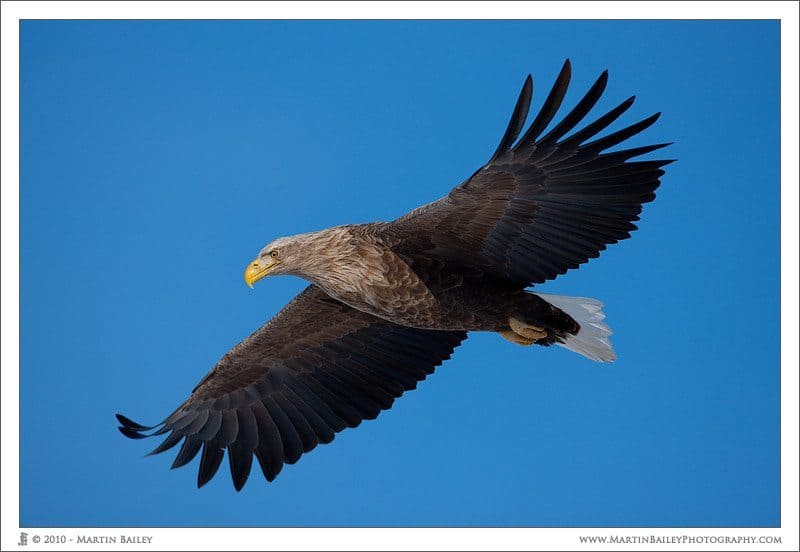
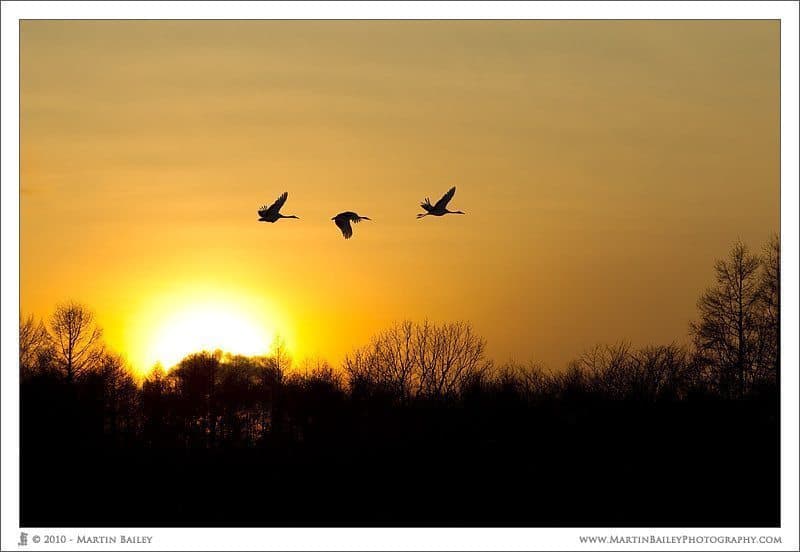
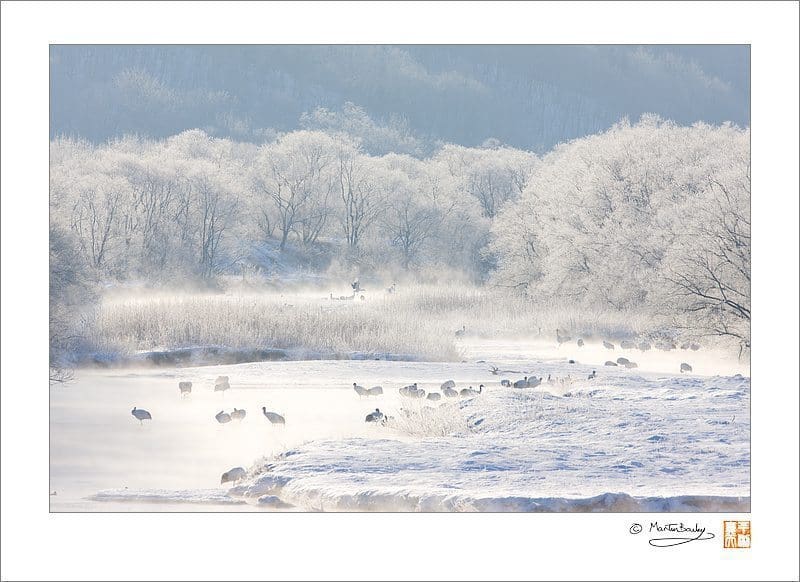
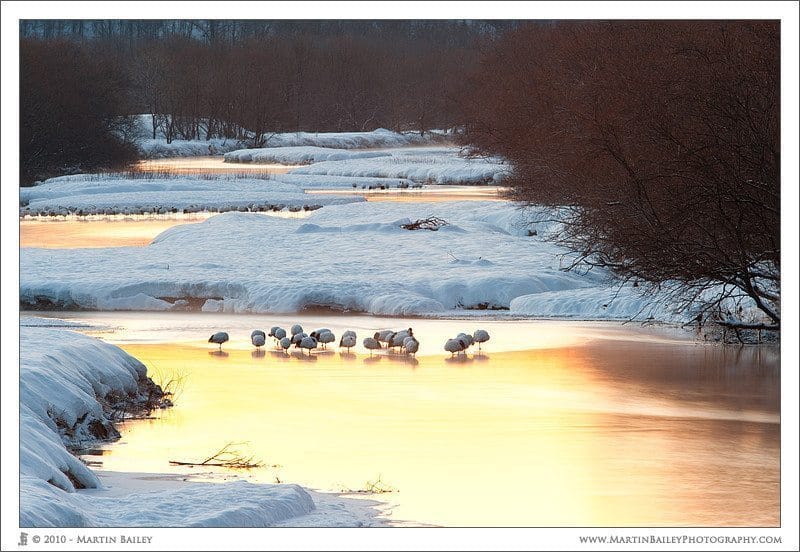
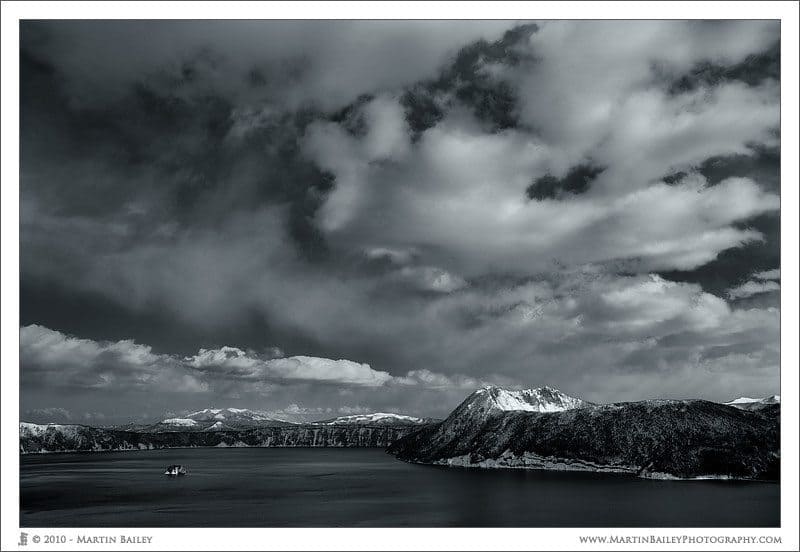
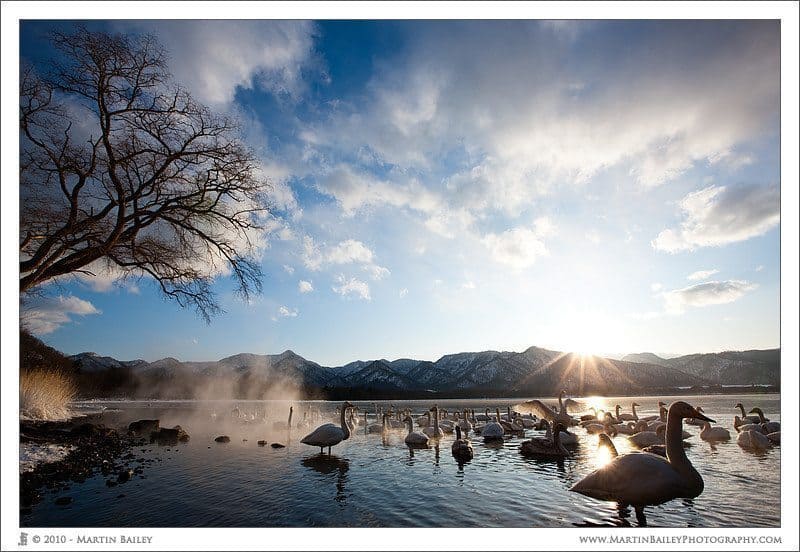
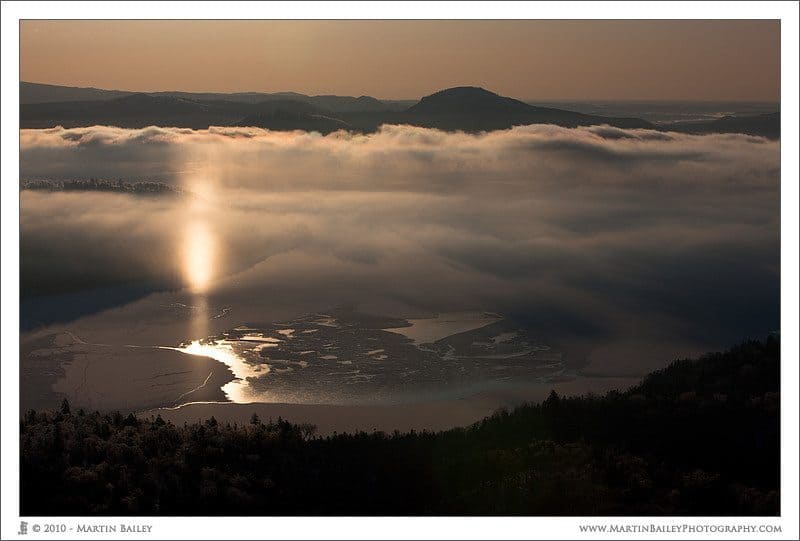
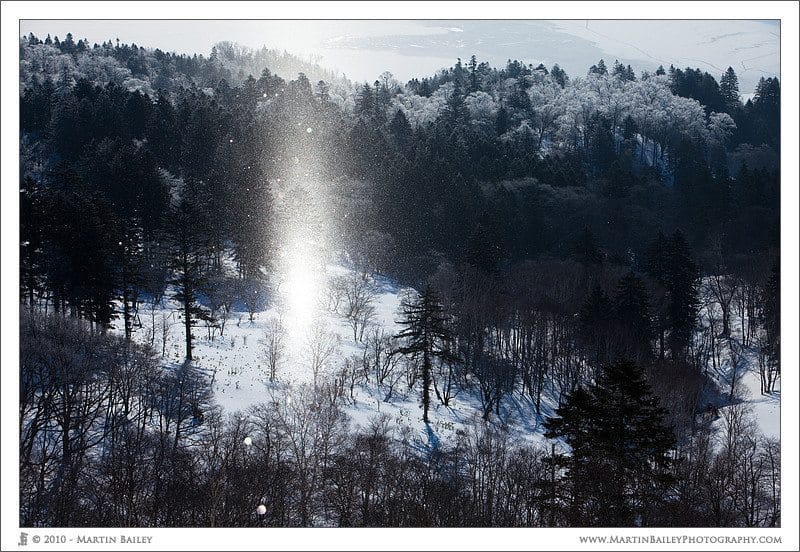
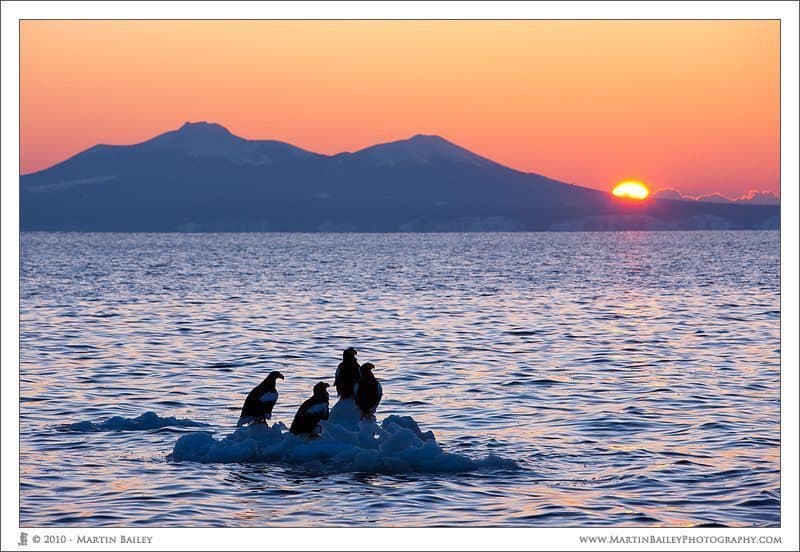
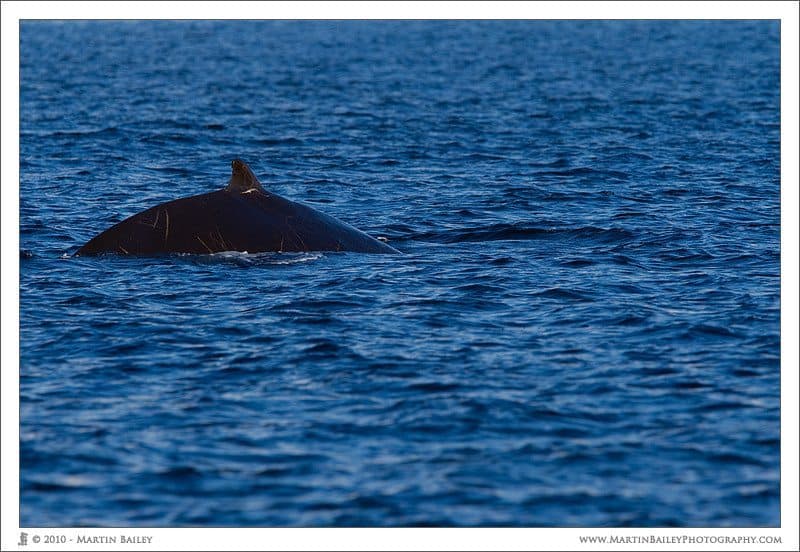

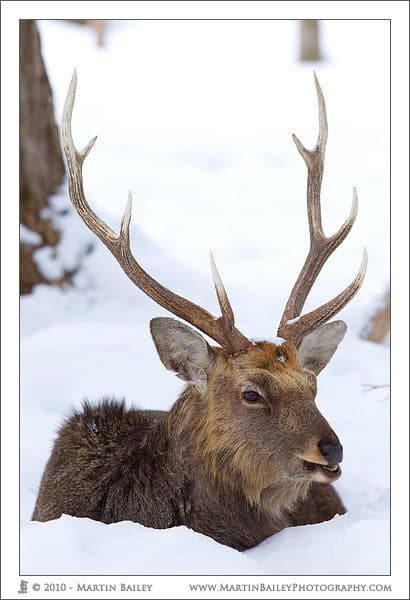

0 Comments